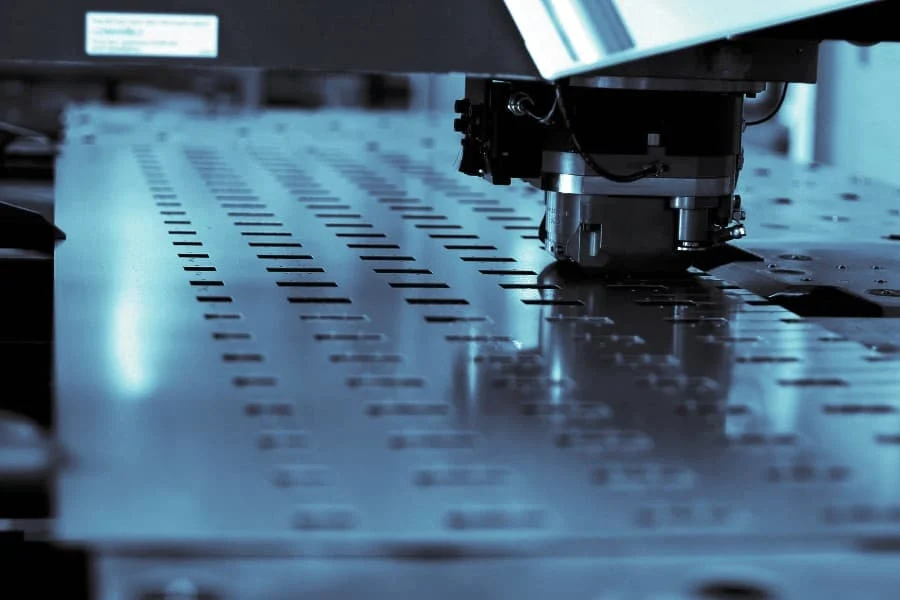Introduction to Custom Clothing
In the ever-evolving world of fashion, the desire for unique, personalized clothing has never been stronger. Custom clothes allow you to express your individuality and ensure a perfect fit. But how do you go about creating these one-of-a-kind pieces? It all starts with understanding and crafting unique patterns.
The Rise of Personalized Fashion
Personalized fashion is more than just a trend; it’s a movement. With fast fashion dominating the market, there’s a growing appreciation for bespoke items that tell a story. Custom clothing lets you stand out, embrace your style, and reduce textile waste. It’s a win-win for both your wardrobe and the environment.
Understanding Pattern Making
Before diving into creating your unique patterns, let’s grasp the basics of pattern making. This is the foundation upon which your custom clothing will be built.
Basic Tools for Pattern Making
To get started, you’ll need a few essential tools:
- Pattern Paper: This is a sturdy, translucent paper that’s perfect for drafting patterns.
- Measuring Tape: Accurate measurements are crucial for a good fit.
- Fabric Scissors: Sharp scissors designed for cutting fabric.
- Tailor’s Chalk or Marker: For marking alterations and adjustments.
- Ruler and Curve Ruler: To draw straight lines and curves accurately.
Key Techniques in Pattern Making
Pattern making involves several techniques, each with its own advantages.
Drafting
Drafting is the process of creating a pattern from scratch using measurements. It’s precise and allows for a lot of customization. Think of it like drawing a blueprint for your garment.
Draping
Draping involves manipulating fabric directly on a dress form to create a pattern. It’s great for visualizing how the fabric will fall and drape on the body.
Flat Pattern Making
Flat pattern making starts with a basic pattern, which is then altered to create new designs. It’s a straightforward method that’s perfect for beginners.
Designing Your Own Patterns
Now that you have a grasp of the basics, let’s dive into the creative process of designing your own patterns.
Inspiration and Ideation
The first step in designing your patterns is finding inspiration. Look at fashion trends, art, nature—anything that sparks your creativity. Ask yourself, what do you want your clothing to say about you?
Sketching Your Designs
Once you have an idea, it’s time to put pencil to paper. Sketching your designs helps you visualize the final product and make adjustments before you start cutting fabric. Don’t worry about being a perfect artist; the goal is to capture your vision.
Creating a Base Pattern
A base pattern is the starting point for all your custom designs. It’s a simple, well-fitting pattern that you can alter to create different styles.
Measurements and Fit
Accurate measurements are the key to a well-fitting garment. Measure yourself or have someone help you to ensure precision. Remember, everyone’s body is unique, so don’t be afraid to make adjustments.
Adjusting for Different Body Types
One of the beauties of custom clothing is that it can be tailored to fit any body type. Whether you’re petite, plus-size, or somewhere in between, your patterns can be adjusted to flatter your figure.
Advanced Pattern Making Techniques
Ready to take your pattern making to the next level? Let’s explore some advanced techniques.
Adding Details and Embellishments
Details like pockets, collars, and sleeves can transform a simple garment into something extraordinary. Experiment with different styles and placements to make your clothing truly unique.
Experimenting with Fabrics
Different fabrics behave in different ways, affecting the drape and fit of your garment. Don’t be afraid to experiment with various textiles to achieve the look you want.
Sustainability in Pattern Making
In an era of fast fashion, sustainability is more important than ever. Here’s how you can make your pattern making process more eco-friendly.
Eco-Friendly Fabrics
Choose fabrics that are kind to the environment, such as organic cotton, linen, or recycled materials. Every little bit helps in reducing our carbon footprint.
Zero-Waste Pattern Making
Zero-waste pattern making aims to minimize fabric waste by strategically placing pattern pieces. It’s a challenge, but the rewards are worth it.
Conclusion
Creating unique patterns for custom clothes is a rewarding journey that allows you to express your creativity and individuality. Whether you’re a beginner or an experienced sewist, there’s always something new to learn and explore in the world of pattern making. So, grab your tools, let your imagination run wild, and start crafting your one-of-a-kind wardrobe today.
FAQs
- What is the best fabric for beginners to use in pattern making?
- For beginners, it’s best to start with stable, easy-to-work-with fabrics like cotton or linen. These fabrics hold their shape well and are forgiving of minor mistakes.
- How can I ensure my measurements are accurate?
- To ensure accurate measurements, use a flexible measuring tape and measure in a well-lit area. It’s also helpful to have someone assist you, especially for hard-to-reach areas.
- What is the difference between drafting and draping?
- Drafting involves creating a pattern on paper using measurements, while draping involves manipulating fabric directly on a dress form to create a pattern.
- How can I make my patterns more sustainable?
- To make your patterns more sustainable, choose eco-friendly fabrics and practice zero-waste pattern making techniques to minimize fabric waste.
- Can I create patterns without any prior experience?
- Yes, you can create patterns without prior experience. Start with simple projects and gradually take on more complex designs as your skills improve. There are plenty of resources and tutorials available to guide you.



